Ady (1938)
Very brief view of Man Ray and his friend Ady Fidelin while at a seaside resort
Very brief view of Man Ray and his friend Ady Fidelin while at a seaside resort
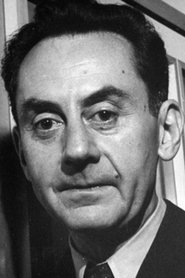 Man Rayhimself
Man RayhimselfThe film begins with the First World War and ends in 1945. Without exception, recordings from this period were used, which came from weekly news reports from different countries. Previously unpublished scenes about the private life of Adolf Hitler and Eva Braun were also shown for the first time. The film was originally built into a frame story. The Off Commentary begins with the words: "This film [...] is a document of delusion that on the way to power tore an entire people and a whole world into disaster. This film portrays the suffering of a generation that only ended five to twelve. " The film premiered in Cologne on November 20, 1953, but was immediately banned by Federal Interior Minister Gerhard Schröder in agreement with the interior ministers of the federal states of the Federal Republic of Germany.
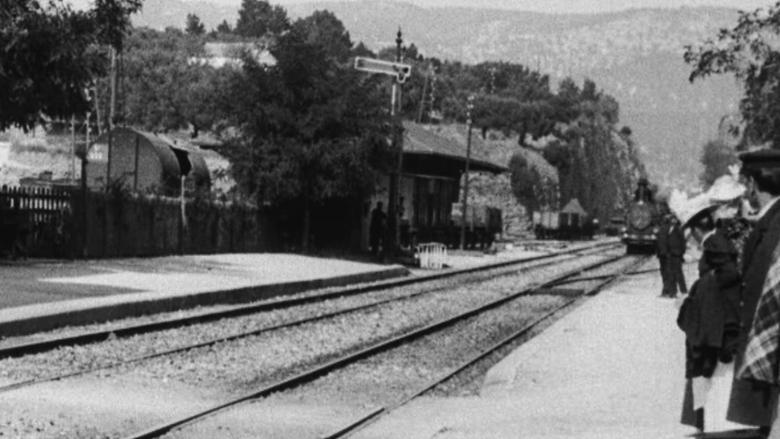
A group of people are standing along the platform of a railway station in La Ciotat, waiting for a train. One is seen coming, at some distance, and eventually stops at the platform. Doors of the railway-cars open and attendants help passengers off and on. Popular legend has it that, when this film was shown, the first-night audience fled the café in terror, fearing being run over by the "approaching" train. This legend has since been identified as promotional embellishment, though there is evidence to suggest that people were astounded at the capabilities of the Lumières' cinématographe.
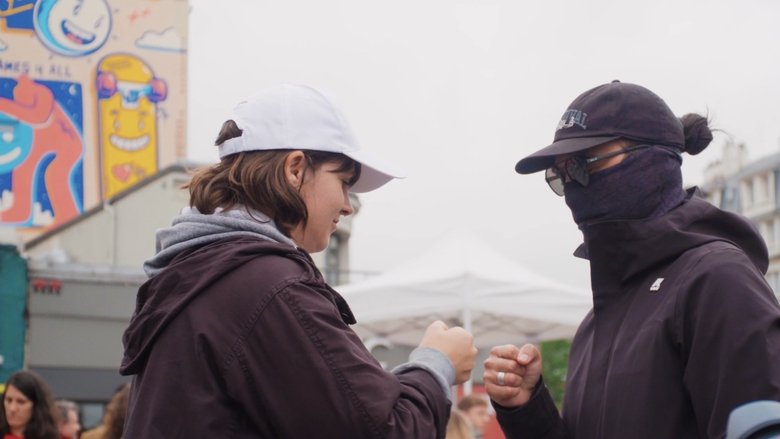
A documentary short by Barbara Bingley-Verseman about the creation of a monumental outdoor mural by her twin sister, LA-based Kat Bing, and Parisian artist Kekli in the lead up to the Paris 2024 Olympics
A look at the artwork of Aleister Crowley.
Short-documentary about the squat at Amandastraße 73 in Hamburg.
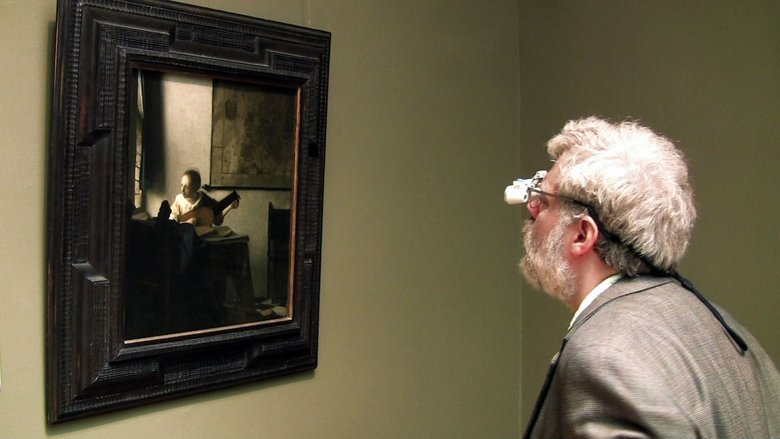
Tim Jenison, a Texas based inventor, attempts to solve one of the greatest mysteries in all art: How did Dutch Master Johannes Vermeer manage to paint so photo-realistically 150 years before the invention of photography? Spanning a decade, Jenison's adventure takes him to Holland, on a pilgrimage to the North coast of Yorkshire to meet artista David Hockney, and eventually even to Buckingham Palace. The epic research project Jenison embarques on is as extraordinary as what he discovers.
For his five Cremaster films Matthew Barney's created a multitude of sculptural forms and structures. Recently both the sculptures and the films traveled to museums in Cologne, Paris and New York's Guggenheim. In THE CREMASTER CYCLE: A Conversation with Matthew Barney, the artist guides the camera through this remarkable creation at the Guggenheim Museum while being questioned by Michael Kimmelman, chief art critic of the New York Times.
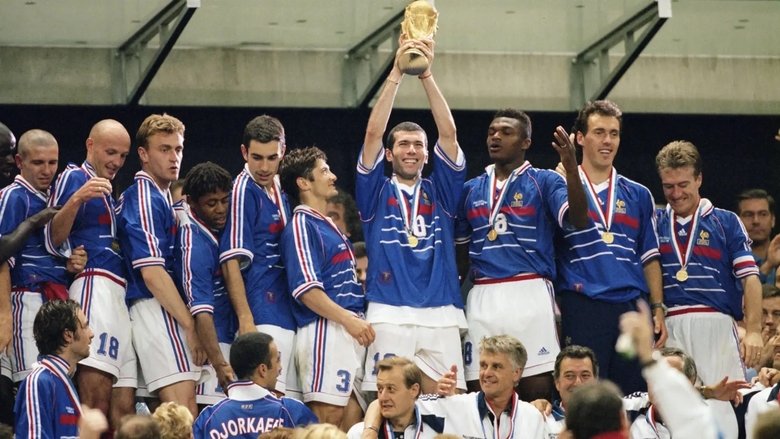
This documentary follows the French soccer team on their way to victory in the 1998 World Cup in France. Stéphane Meunier spent the whole time filming the players, the coach and some other important characters of this victory, giving us a very intimate and nice view of them, as if we were with them.
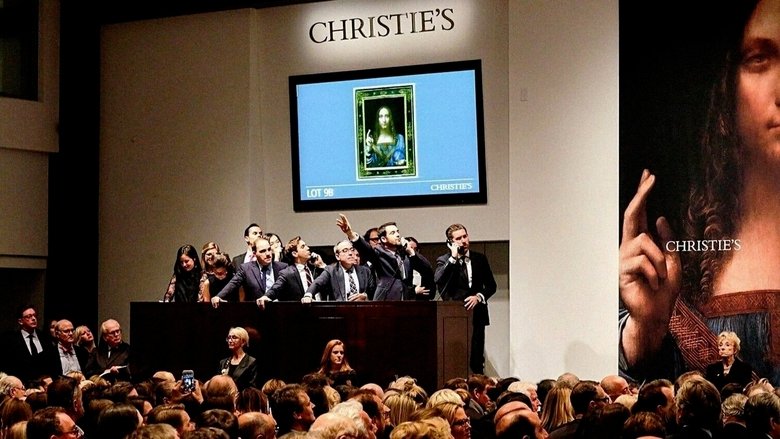
London, England, 2008. Some of the most distinguished experts on the work of Italian artist Leonardo da Vinci (1452-1519) gather at the National Gallery to examine a painting known as Salvator Mundi; an event that turns out to be the first act of one of the most fascinating stories in the history of art.
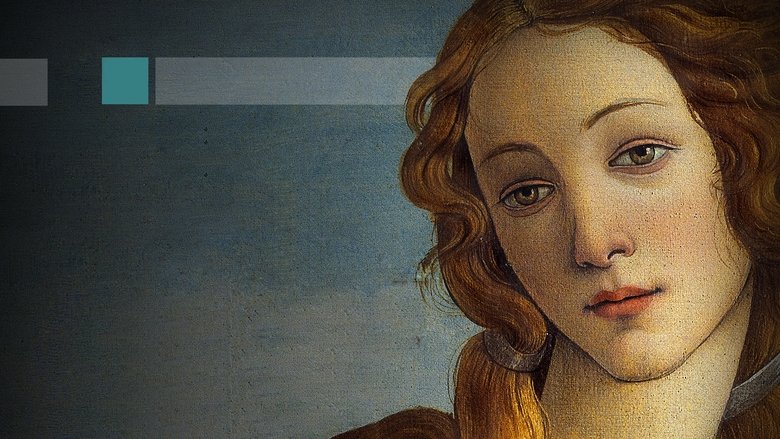
Follows a trail of over 10 museums and 150 artworks amongst the most well-known in the world. It is an artistic foray into Florence taking in everything from the Brancacci Chapel to the Bargello National Museum, from Palazzo Medici, to the narrow city streets and Brunelleschi’s Dome, from Palazzo Vecchio to the Uffizi Gallery and the Accademia Gallery, without neglecting picture postcard places such as the Ponte Vecchio and Piazza della Signoria.
In 1415 a small English Army consisting mainly of Yeoman English and Welsh archers defeated and destroyed a much larger French army consisting mainly of the nobility of France at Agincourt. This film follows Henry Vth's campaign from his landing near Harfleur, his costly successful siege and his desperate attempts to cross the River Somme and escape to Calais culminating in the Battle of Agincourt on 25th Oct 1415. The BHTV team of military historians take you through the battle separating myth from fact to tell the true story of one of the most epic episodes of English history. The story is brought to life with re-enactment footage, maps and is shot on location in France.
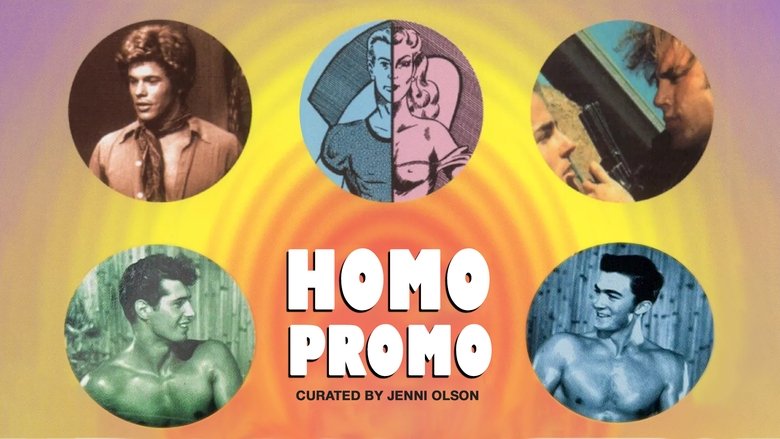
Here are theatrical trailers for 27 mainstream and art-house films, presented chronologically from "Tea and Sympathy" to "Outrageous!" This spectacular showcase of vintage movie trailers offers a crash course in lesbian, gay, bi and transgender (LGBT) movie history and a colorful look at nearly every major mainstream queer-themed film produced between 1953 and 1977! Archivist Jenni Olson is one of the world’s leading experts on LGBT film history — curated from her private collection of rare original 35mm coming attractions trailers, Homo Promo has entertained audiences at LGBT film festivals around the world offering a campy cavalcade of coming attractions. Please note: The condition of these original 35mm archival prints varies — enjoy the wear and tear and rest assured that they have now all been donated to the Outfest/UCLA Legacy Project for LGBT Film Preservation where they are now being properly cared for.
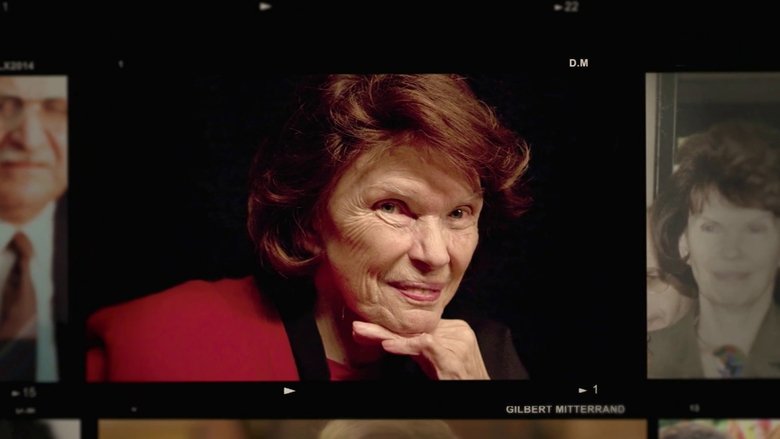
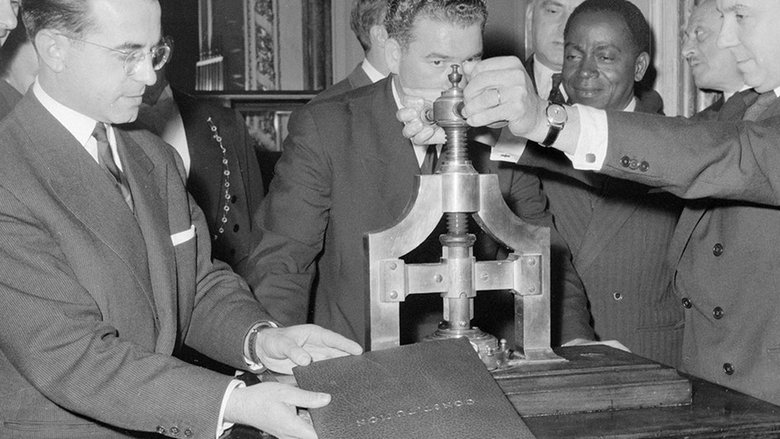
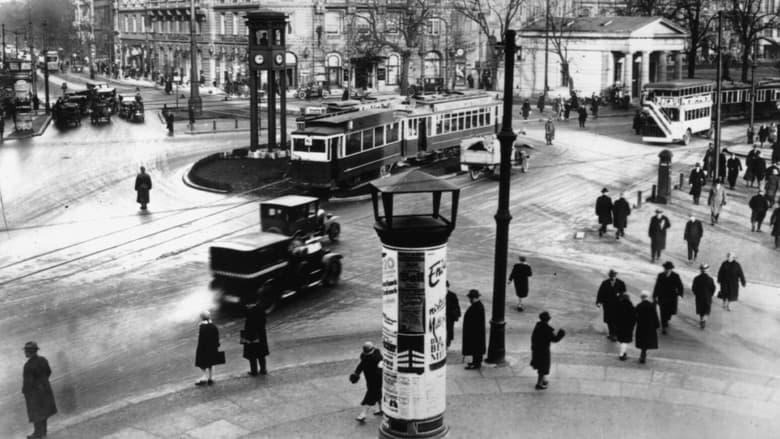
A day in the city of Berlin, which experienced an industrial boom in the 1920s, and still provides an insight into the living and working conditions at that time. Germany had just recovered a little from the worst consequences of the First World War, the great economic crisis was still a few years away and Hitler was not yet an issue at the time.
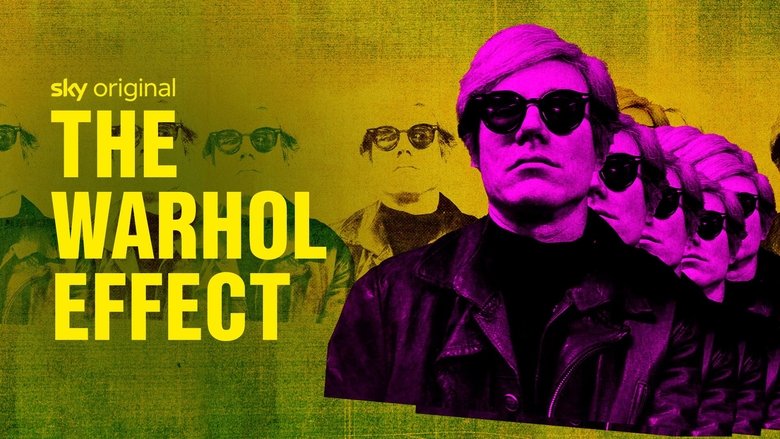
Lifting the lid on the fascinating last decade of Andy Warhol's life and the legacy he left for future artists, through never-before-seen footage and interviews with insiders.
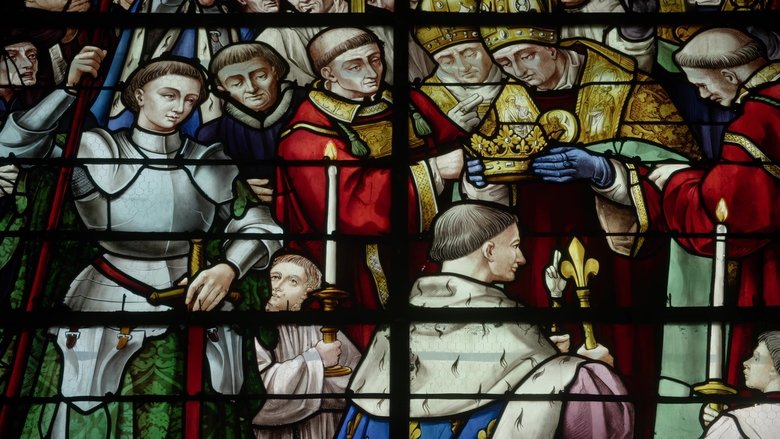
Writer and historian Dr Helen Castor explores the life - and death - of Joan of Arc. Joan was an extraordinary figure - a female warrior in an age that believed women couldn't fight, let alone lead an army. But Joan was driven by faith and today, more than ever, we are acutely aware of the power of faith to drive actions for good or ill. Since her death, Joan has become an icon for almost everyone: the left and the right, Catholics and Protestants, traditionalists and feminists. But where, in all of this, is the real Joan - the experiences of a teenage peasant girl who achieved the seemingly impossible? Through an astonishing manuscript, we can hear Joan's own words at her trial and, as Helen unpicks Joan's story and places her back in the world that she inhabited, the real human Joan emerges.
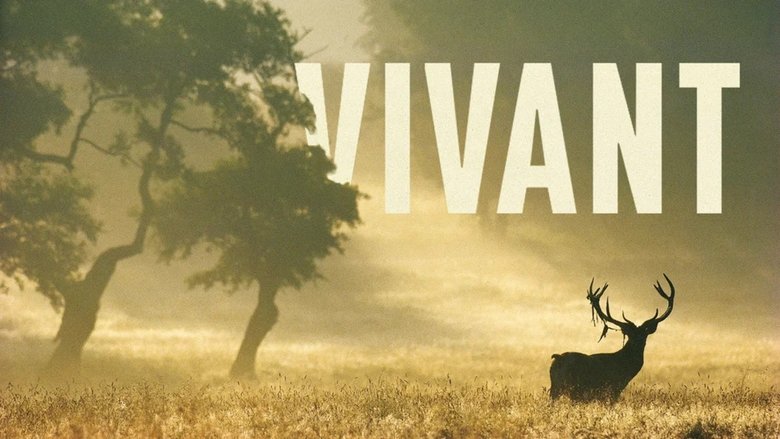
From infinitely small to super-predator, from the earthworm to the whale, from the blade of grass to the giant tree, Vibrant takes you on a journey to discover the biodiversity one country can host. Through the breathtaking natural environments of France, it is an exploration of the pyramid of life. It is also, and above all, an opportunity to marvel at these species capable of a thousand feats, subtly connected to each other and of which the human being is an integral part. A link that we have too often forgotten and that it is time to reweave.
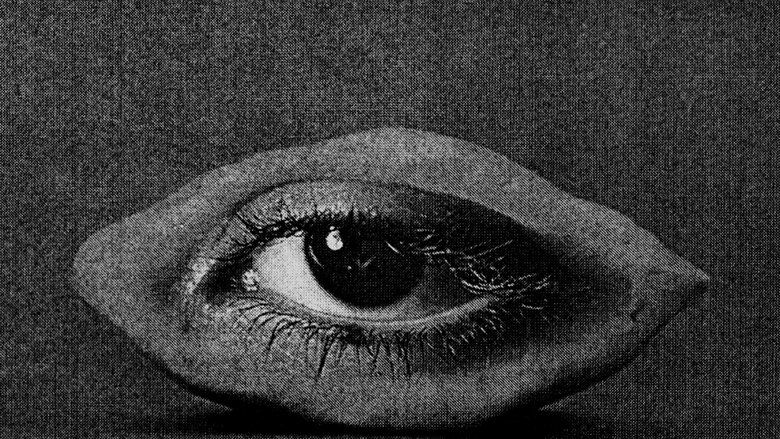
A non-binary folk watches the handover of the first non-binary ID in the history of Chile. As they try to do the paperwork, they will face the bureaucracy of the legal proceeding.
An epic investigation into countless murders in Mexico. Presented in chapters, the film unfolds methodically through unsettling testimonials, sketching a portrait of an entire country transformed into a gigantic mass grave thanks to a climate of impunity established by both criminal gangs and state authorities.